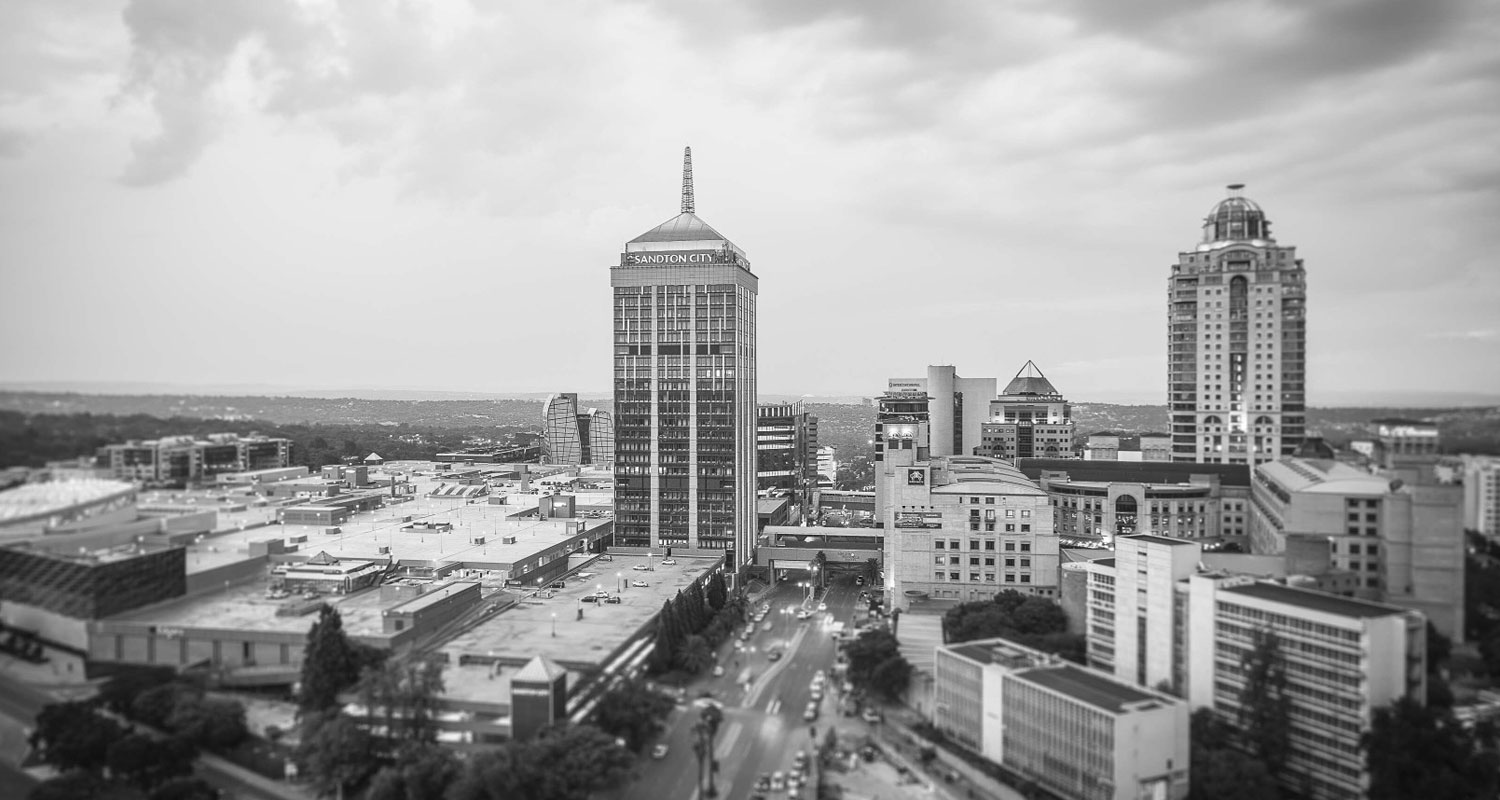
Mpho Phalatse, the executive mayor of Johannesburg, said in her state of the city address on Thursday that the city plans to partner with independent power producers and small-scale energy generators to alleviate, and eventually eliminate, load shedding.
In her speech, Phalatse spoke about the city’s desire to reduce its reliance on Eskom. The Democratic Alliance-aligned mayor, who is leading a multi-party coalition governing the city following last year’s defeat of the ANC following the November local government elections, said the city will host an Energy Indaba next month to find ways of resolving the energy crisis.
Continued load shedding is causing chaos with electricity distribution infrastructure across Johannesburg. Electricity infrastructure in the city is ageing and in decay afters years of underinvestment. The poor state of the infrastructure, which was not designed to handle regular rolling blackouts, has become a source of increasing frustration for residents and businesses facing prolonged interruptions to electricity supply, sometimes lasting days.
Phalatse said that the Energy Indaba will be used to support the city’s sustainable energy strategy (SES), which was approved in January. SES, which was launched by former ANC-aligned mayor Mpho Moerane in 2021, will see an extra 475MW of capacity from alternative energy sources such as natural gas and solar in the next 15 years.

Moerane, who was defeated as mayor following the November 2021 elections, said previously that the SES plan would incorporate different alternative energy mixes:
- 200MW from photovoltaic farms and rooftop suppliers;
- 200MW of private photovoltaic electricity generation through “wheeling” and trading with customers;
- 50MW of gas-powered electricity generation; and
- 25MW capacity from gas to energy in the Robinson Deep Landfill site.
Meanwhile, in her speech on Thursday, Phalatse said City Power has extended its power purchase agreement with the privately owned, coal-fired Kelvin power station located near OR Tambo International airport by a further 24 months.
Kelvin power station currently provides about 10% of Johannesburg’s electricity.
Johannesburg’s move to reduce its reliance on Eskom comes as other metros either controlled by the DA or by coalition governments look to do the same.
Cape Town
The DA has announced a seven-point plan to end load shedding in Cape Town. The plan, which was presented last October will see the city source electricity directly from independent power producers, invest in the Steenbras hydroelectric plant and build a modern energy utility for Cape Town.
It will also empower residents and businesses to generate their own electricity and sell excess supply back to the city. The plan calls for investment in smart infrastructure and taking city-owned buildings off the Eskom grid by installing rooftop solar. The city wants to reduce its carbon footprint by lowering its dependence on Eskom and lower the cost of electricity over time by increasing supply and pushing for load shedding rules that don’t penalise metros that proactively diversify supply.
Ekurhuleni
Meanwhile, Ekurhuleni’s mayor, Tania Campbell, has promised a reliable and expanded electricity supply by the end of the current political term in 2026.
Campbell said last month in an address that this will be achieved by investing in the replacement and expansion of backbone infrastructure at a rate of at least 10km of cables a year for the next four years.
Campbell said that the Ekurhuleni will decrease its dependence on Eskom through the appointment of 47 private power producers, which will begin supplying electricity to the metro from 2024.
The metro is also investigating installing battery energy storage systems in the longer term. “It will allow us to mitigate load shedding on one hand, but also provide the option to store energy when supply is at cheap and draw on these reserves during expensive peak periods,” said Campbell. – © 2022 NewsCentral Media




